Heather Langenkamp, cast for her fresh face and non-Hollywood demeanor, inserted much of her own personality into the character of Nancy Thompson, imbuing her with a life that transcended the heroine of Wes Craven’s script. It’s important to note that Craven never wrote Nancy as merely a potential victim at the hands of a slasher. That distinction, her proactive nature, is something that has always separated her from the “final girls” who merely survive their encounters through luck or chance in other horror films.
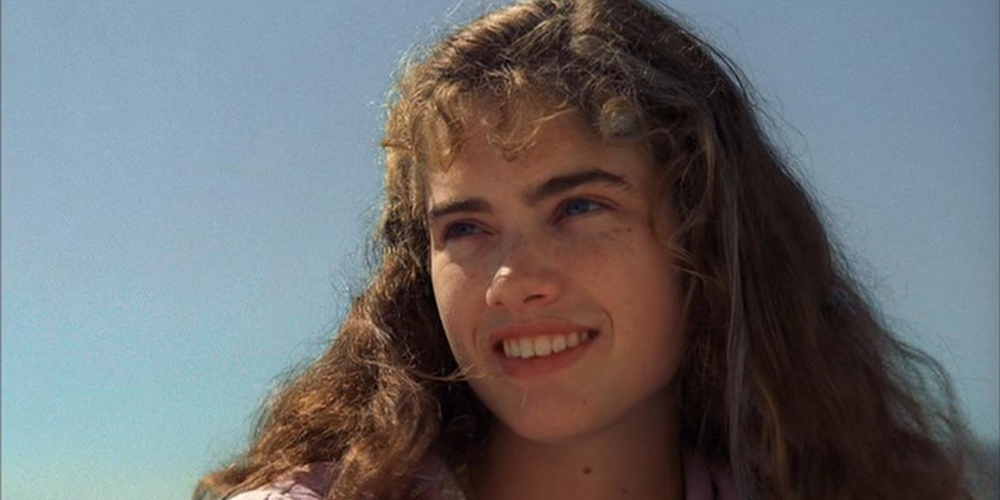
Archetypal by design, Nancy is The Maiden-turned-Warrior; saving herself from impending danger, and storming the lair of Freddy – part terrifying trickster, part perverted patriarch. She rejects his rules and venue, forcing him to fight on her terms, in her house. Her struggle is not that of the typical male hero. Her voice is silenced, her pleas dismissed, her path is barred (literally and thematically). She is antagonized as much from the paragons of authority – who are eager to maintain the status quo – as she is from her actual assailant. But Nancy isn’t helpless. She is confident, smart, resourceful, compassionate, empathetic, and fiercely loyal to her friends. It’s those virtues that allow her to emerge triumphant, though at the great loss of those closest to her, by denying Freddy the very thing that gives him strength, her participation.
Though absent from the immediate sequel, when Craven produced a new script for the series, Dream Warriors, it included the return of Nancy – a little older and wiser, now a graduate student. Not diminished by her experience, but emboldened by it, she had thrown herself into pattern nightmare research, dominating her field despite her age, while expanding her understanding and agency. However, she had not emerged unscathed. Her scars taking the form of the experimental drug, Hypnocil (which blocks its users from dream states), and an estranged relationship with her alcoholic, guilt-ridden father. The insurance of closing herself off from dreams, of discarding her role of hero, had the unexpected consequence of allowing Freddy’s evil to return. Now, Kruger was feeding on the last and youngest of the Elm Street Children. Their murders are disguised as suicides, with the remaining few committed to The Westin Hills Psychiatric Hospital. As a staff member, Nancy quickly gained the confidence of the staff and patients alike, but also wary of instigating a panic, maintained a buffer of professionalism, and worked within the system. It’s not until she’s abruptly pulled into the dream of the new patient Kristen (Patricia Arquette) and the deaths of other patients that she takes more drastic action. Now in a sisterly role of Mentor, she arms the teens with her hard fought truth, teaches them to manifest their own dream abilities, and leads an assault against Freddy, even giving her own life as a sacrifice, and passing the mantle to a new generation.
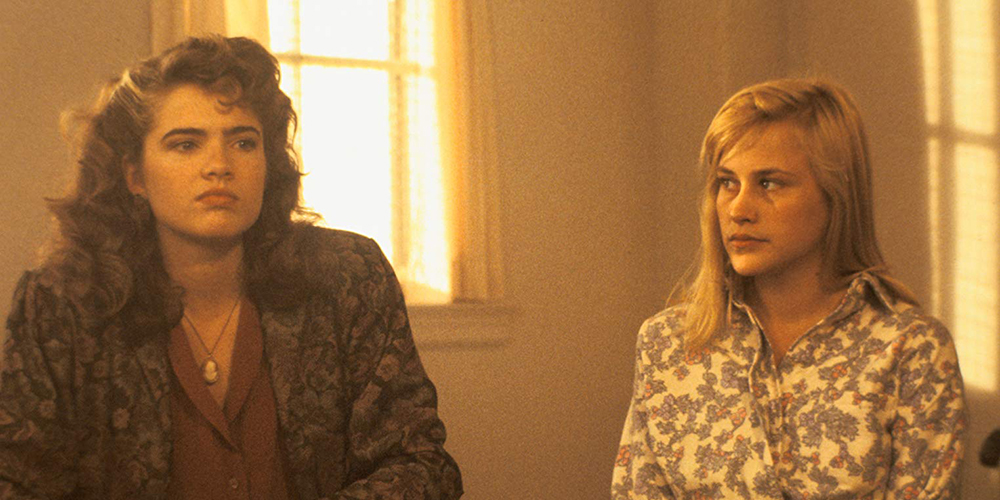
Unfortunately for Craven, much of his original screenplay was re-written in favor of more mass market appeal, souring his relationship with production company New Line Cinema. Many of the wrong lessons were taken from the success of Dream Warriors. The next two sequels, while entertaining, mainly focused on big-budget effects, convoluted storytelling, a disposable cast, and a larger-than-life villain so ubiquitous in the popsphere, he was featured in songs, video games, a television series, and a pay-per-minute 900 number. Inevitably, after dwindling box office receipts, and the slasher genre waning, the franchise was put to bed in 1991 with the aptly named Freddy’s Dead.
Finally, after 10 years, and a guarantee of creative control, Craven returned to Elm Street to put a definitive end to the series, bringing his favorite heroine along to strike the final blow against the monster he created. But with Nancy dead, and the series ended, he would have to break the rules to do it. Drawing on an earlier rejected premise for inspiration, The Brothers Grimm, mythology, and psychological thrillers like Repulsion, Craven began crafting a wholly unique metanarrative. The script was a deconstruction, not only of the Nightmare series, but of our relationship with horror, and the symbiotic relationship between us and fiction. The result was Wes Craven’s New Nightmare.
Set in the “Real World”, the film follows the life of “Heather Langenkamp”, as she is haunted by the specter of the franchise, as well as her most famous role. Following a precognitive nightmare, and a spate of obscene phone calls, she learns that “Wes” has been working on the script for a new Nightmare on Elm Street, in which her special effects artist husband is involved. Without her knowledge, “Wes” has written her into the script, and the producer “Bob Shaye” (based on and played by real-life New Line Cinema founder Bob Shaye), is eager to recast her in the role of Nancy. Meanwhile, her son Dylan (Miko Hughes) has been sleepwalking, avoiding the lower part of his bed (guarded by his stuffed dinosaur, Rex), and experiencing recurrent catatonia – fearing a man with a claw. After the mysterious death of her husband, Dylan’s psychosis escalates, causing Heather to question her own sanity. The fracturing of her reality is mirrored in the recurrent earthquakes throughout the film. It isn’t until she finally meets with the storyteller, that she understands that the entity menacing her family wears the visage of Freddy, but is something much more ancient, more primal. It views her as it’s adversary, and as the walls of the real and the fiction breakdown, she must make a choice to play the role of Nancy…one last time.
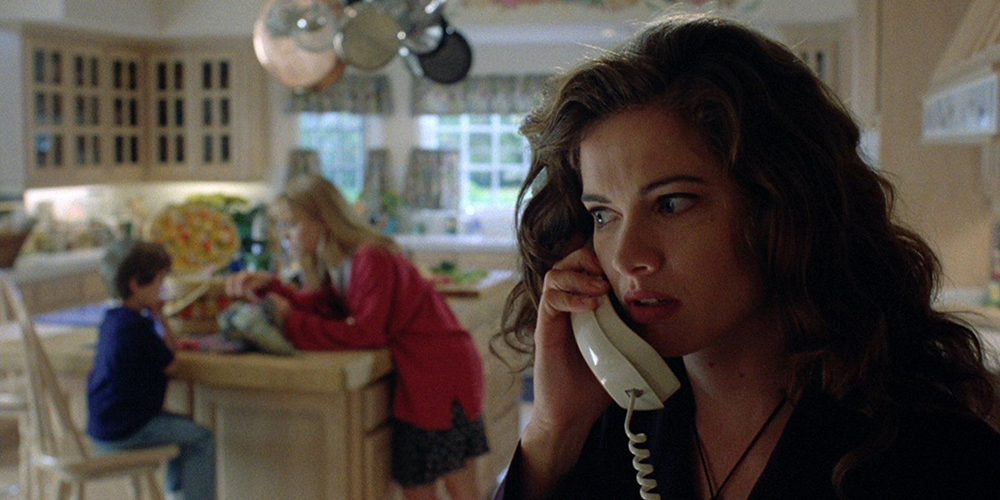
There are many callbacks to the original film, and the cast is made of industry regulars associated with the franchise. The most interesting part is the parallel between Heather and her fictional character’s mother Marge Thompson. Now in a Maternal role herself, she has something to protect, more important than her own life, and she’s willing to go to unreasonable lengths to protect her son. However, she deviates from Marge’s path when she believes her son, follows him into a hellish underworld, and returns with her prize and the story itself.
Many “Final Girls” have come and gone over the years. The most well-known of them, such as Ellen Ripley, Sarah Conner, or Laurie Strode, barely escape their tormentors with their lives, only to return in sequels as ripped, gun-totting badasses, eager to dispatch their tormentor with equal or superior force. When caught between running away and a brutal confrontation, it’s Nancy’s compassion and inherent ability to face the darkness that are her greatest strengths. In a genre associated with women as protagonists – either by default or design – Nancy stands alone as an feminine icon of horror heroines. When I watch Nightmare on Elm Street, I stick to The Nancy Trilogy.


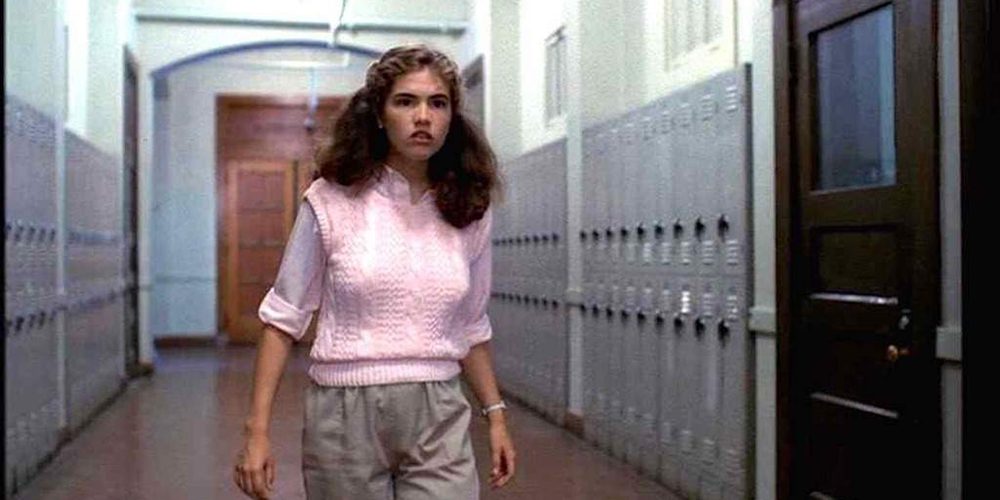

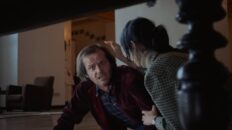




[…] from Daughter, Sister, Mother — Nancy Thompson in the A Nightmare on Elm Street Series by Alexander […]